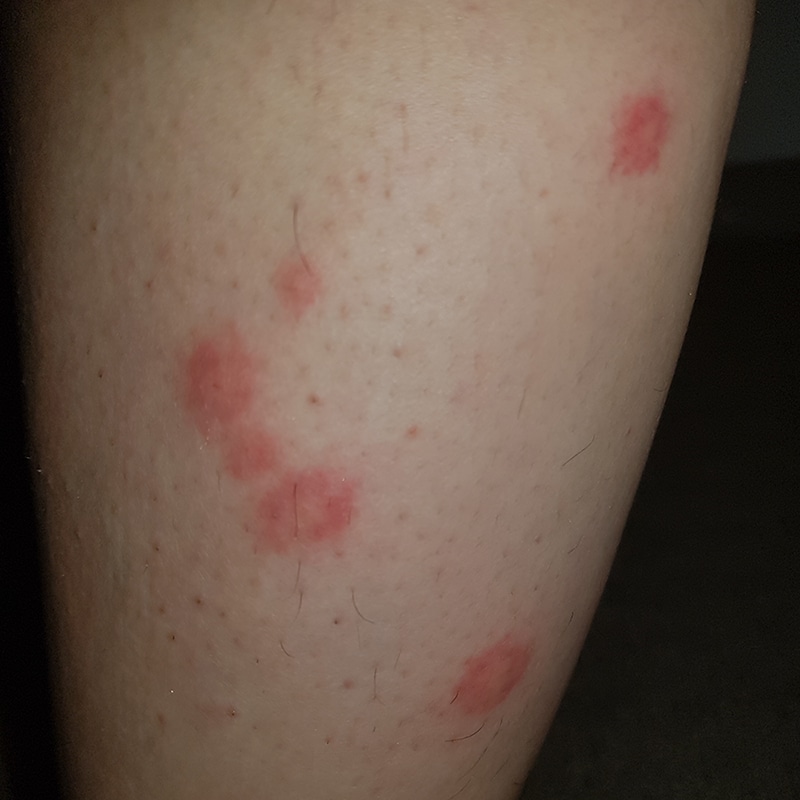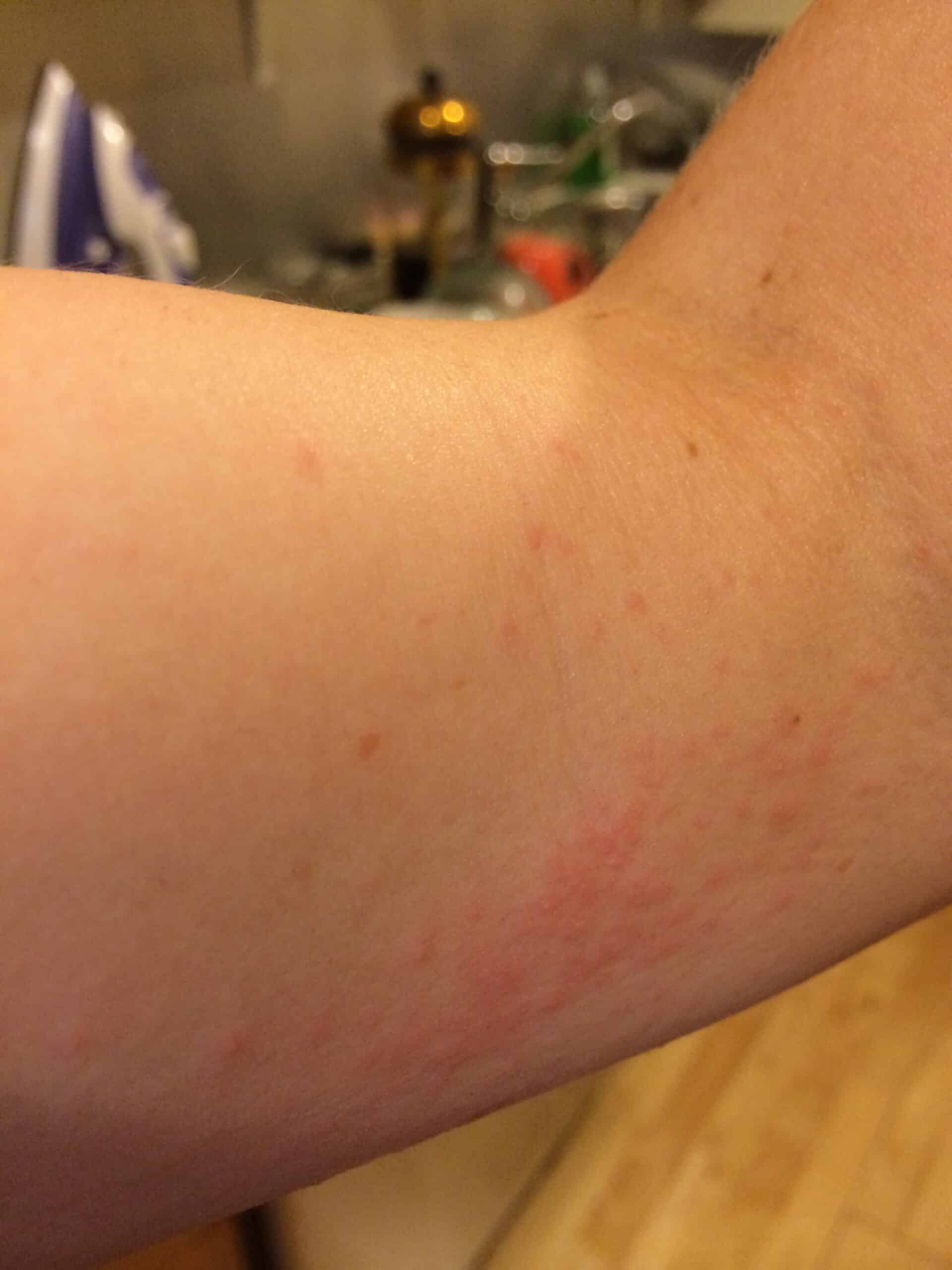
Bed bugs are one of the most unpleasant pests to deal with. Not only do they feed on human blood, but they can also spread various diseases. Bed bug bites can cause an itchy rash and severe allergic reactions in some individuals.
Knowing what bed bug bites look like and understanding how to identify and treat them is essential for avoiding a bed bug infestation.
What Do Bed Bugs Look Like?
Bed bugs are small, oval-shaped insects that are usually brown in colour. They can range from 1mm to 7mm in length, and they have six legs and two antennae. Adult bed bugs have a flat and oval-shaped body and are about the size of an apple seed. They have a wingspan of about ¼ to ½ inch, but they cannot fly.
Bed bugs can also be identified by their musty smell. They tend to hide in cracks and crevices during the day, and they come out at night to feed on human blood. Bed bugs are often found in mattresses, box springs, furniture, and other fabrics in the home.
What Do Bed Bug Bites Look Like?
Bed bug bites are small, red, raised bumps on the skin that are usually itchy and painful. The bites are typically in a line or cluster and can appear anywhere on the body. They may also appear as a rash or hives. Bed bug bites can be mistaken for other insect bites, so it is important to look for other signs, such as the presence of bed bugs or the musty smell that they emit.
Bed bug bites usually heal within a few days without treatment, but some people may experience an allergic reaction that requires medical attention. To protect yourself from bed bugs, it is important to inspect your home for signs of an infestation and take steps to prevent them from entering your home.

Bed Bug Rash
How to Treat Bed Bug Bites
Bed bug bites can be treated with a variety of methods. The first step is to identify the bites, which can be done by looking for signs of bed bugs or an infestation. Once the bites have been identified, it is important to wash the area with soap and water and apply a cool compress to reduce swelling and itching.
Over-the-counter antihistamines and topical creams can also be used to reduce itching and inflammation. If the bites become infected or if an allergic reaction occurs, medical attention should be sought. In addition to treating the bites, it is important to take steps to prevent infestations, such as inspecting mattresses and furniture for signs of bed bugs, washing bedding in hot water, and vacuum cleaning regularly.
Using a DIY Bug Treatment to Prevent Bites
If you are concerned about the possibility of a bed bug infestation, there are a number of things that you can do to prevent them from entering your home. One of the best things that you can do is to treat your home with a DIY bug treatment.
This treatment is designed to kill bed bugs and their eggs, which will prevent them from being able to reproduce. In addition, this treatment will also help to prevent other bugs from entering your home. This treatment is safe to use and will not harm your family or pets.
Conclusion
It is important to know what bed bug bites look like in order to identify an infestation and seek treatment. Bed bug bites are small, red, raised bumps that can be very itchy. They are usually found in a line or cluster, and often occur on the face, neck, arms, and hands. If you suspect you have bed bugs, then it is important to find a reliable solution to stop the infestation from getting any worse.
Bed Bug Barrier provides reliable and high-quality DIY bed bug control measures so you can sleep peacefully at night. We offer the most effective strategies to detect, eliminate, and prevent bed bug infestations. Get in touch with us today for your needs!
Are You Looking for an Organic DIY Treatment?
Watch Our DIY Treatment Video For An Ensemble Bed
Watch Our DIY Treatment Video For A Bed with Slats



Leave a Reply